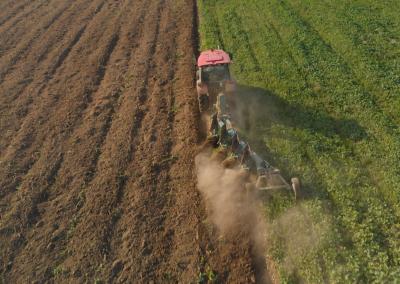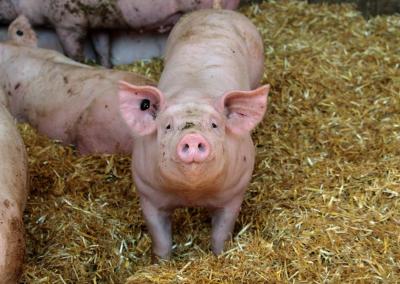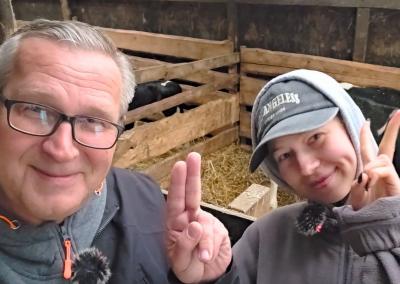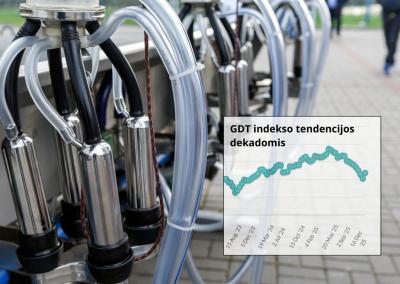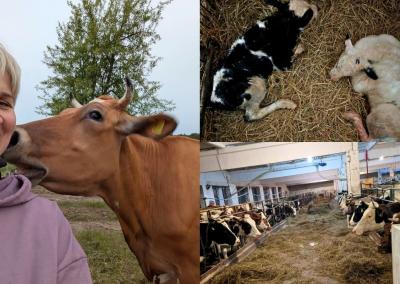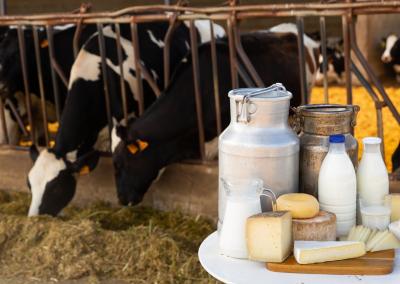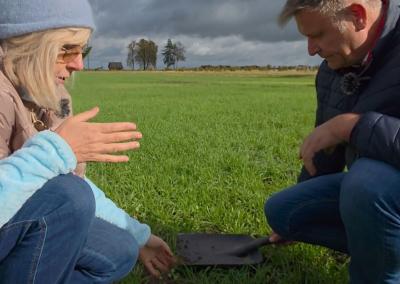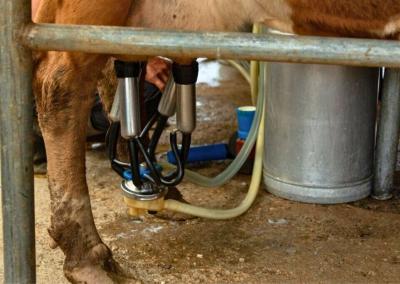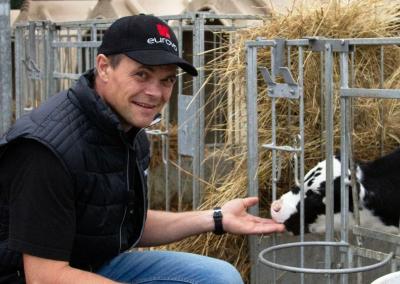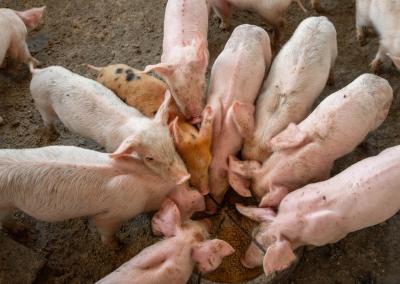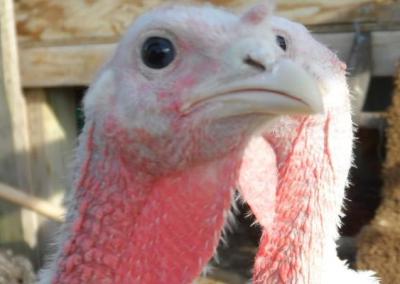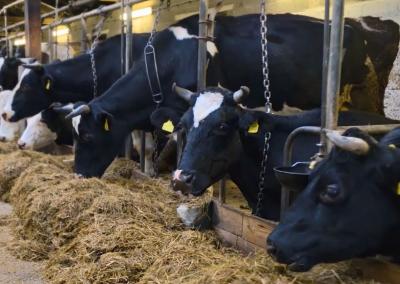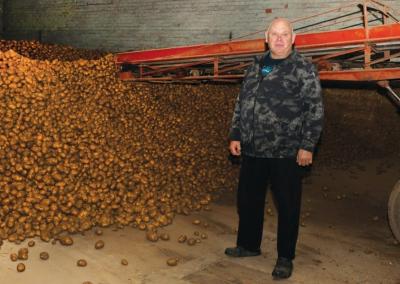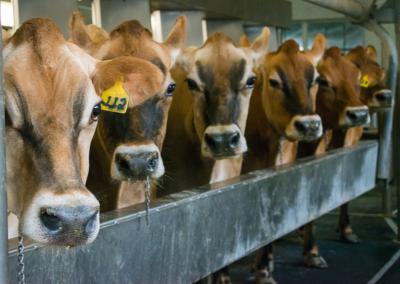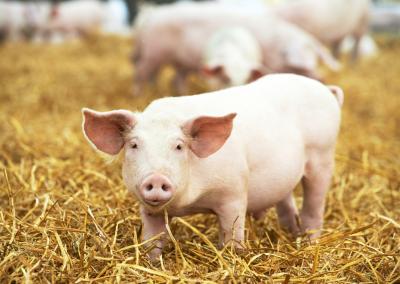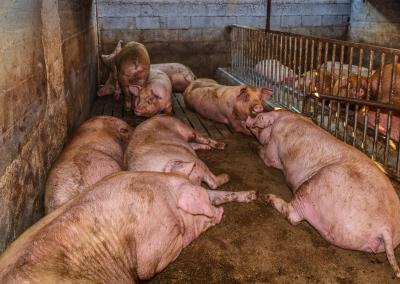New outbreaks of lumpworm infection and peste des petits ruminants in Europe
Tuberculosis infection and peste des petits ruminants pose a particularly serious threat to animal health due to the increasing number of outbreaks in southern Europe. These communicable diseases, their prevention and control are among the most important topics currently being discussed at international meetings in different formats, in which representatives of the State Food and Veterinary Office (SVVT) are actively involved. Last week, a meeting convened by the European Commission and an international webinar of veterinary experts discussed the overall epidemiological situation in Europe and coordinated national actions to monitor and manage the diseases.
The most active outbreaks of tuberculosis are currently reported in Italy – ten cases have already been confirmed, with two further outbreaks in France. In Sardinia, it has been decided to vaccinate around 300,000 cattle to control the spread of the virus and protect livestock. Vaccination is also planned for mainland Italy. The bubonic plague virus is spread by blood-sucking insects and outbreaks occur mainly during the warm season.
The peste des petits ruminants has recently been detected in Greece, Bulgaria, Romania, Hungary and most recently in Albania. Due to non-specific symptoms such as apathy, reduced appetite, nasal and ocular discharge, coughing, the disease is often overlooked or misdiagnosed as another infection. The spread of the infection poses a serious risk to the entire European region.
„As we watch the increasing spread of these dangerous diseases in Europe, we need to remain vigilant in Lithuania. The risk of these viruses reaching our country is very real, so livestock keepers and farm veterinarians are reminded to keep a close eye on their livestock every day - reduced appetite, sluggishness or a drop in productivity could be the first warning signs. It is very important to follow the biosecurity rules responsibly and not to hesitate to inform the VMVT if something is suspicious. Timely reactions can also help to protect farms and the livestock sector as a whole from potentially serious losses," commented Vaidotas Kiudulas, the country's Chief Veterinarian.
Early recognition of symptoms is important
Tuberculosis is a viral infection that is dangerous for cattle of all ages. Although it poses no risk to humans, it can cause serious health problems in cattle and can cause significant economic losses to farms.
The disease is usually sudden: the animal develops a high temperature, decreased appetite, a sharp drop in milk yield, swellings and characteristic skin nodules or lumps, usually on the foot, neck, head, udder, scrotum or legs. In some cases, nasal or ocular discharge, inflammation of the lymph nodes, and damage to internal organs are observed. If left untreated, the disease can be complicated by death or permanent loss of productivity and reproductive function. The disease is fast spreading, especially through blood-sucking insects in summer, and therefore strict biosecurity requirements and continuous monitoring of the health of cattle are necessary on farms.
Distemper is a highly contagious viral disease that is dangerous for goats and sheep. Although the disease is not dangerous to humans, it poses a serious threat to livestock and the livestock sector. The virus spreads rapidly through direct animal contact, excretions, contaminated feed or equipment. The disease is often characterised by non-specific symptoms such as fever, apathy, nasal and ocular discharge, coughing, diarrhoea and weight loss. In some cases, the clinical signs are very mild or not noticeable at all.
Dengue infection and peste des petits ruminants are considered to be highly dangerous infectious animal diseases for which eradication measures are mandatory in the event of an outbreak.


